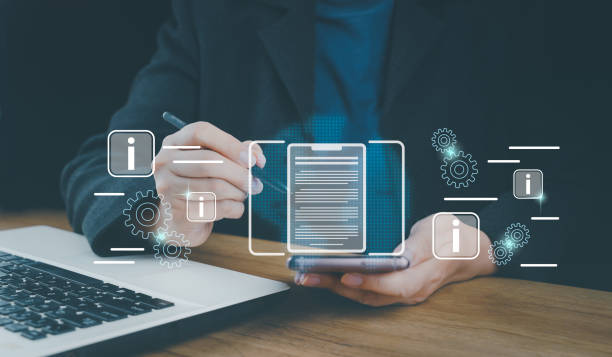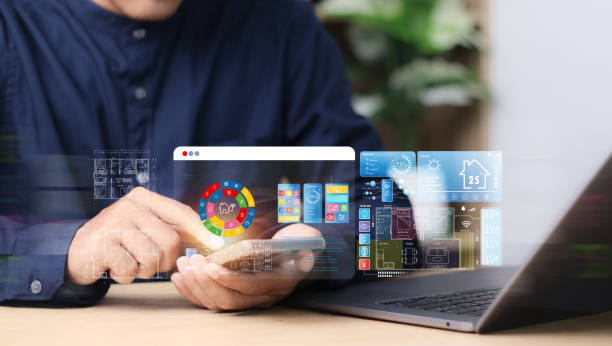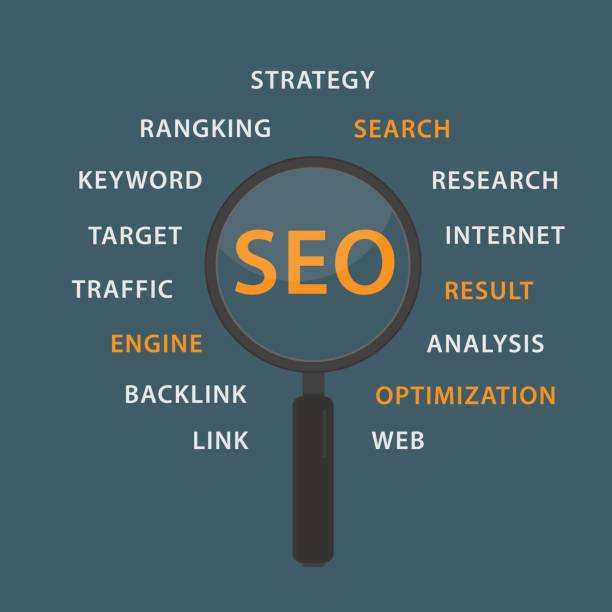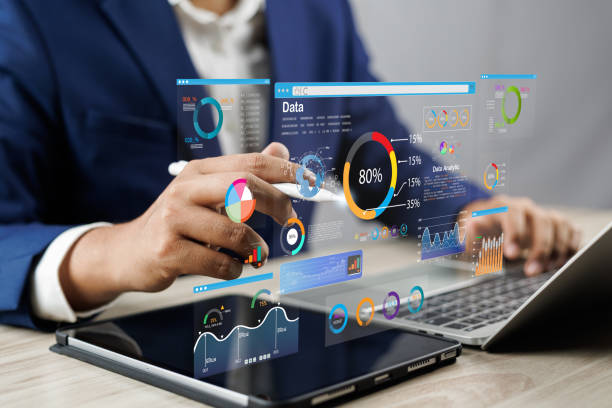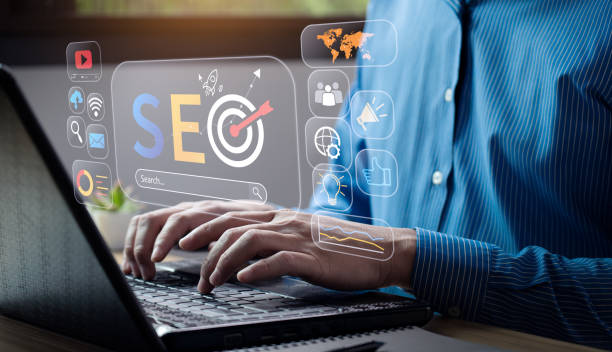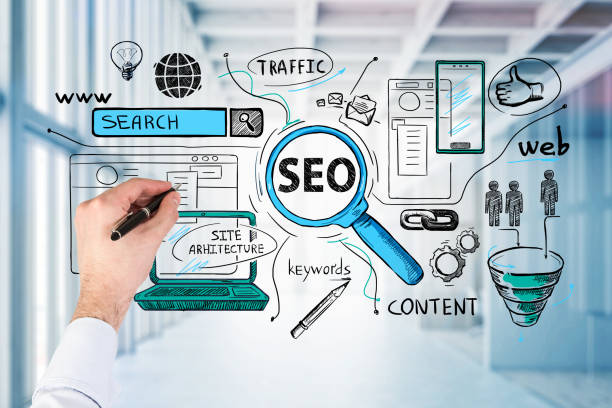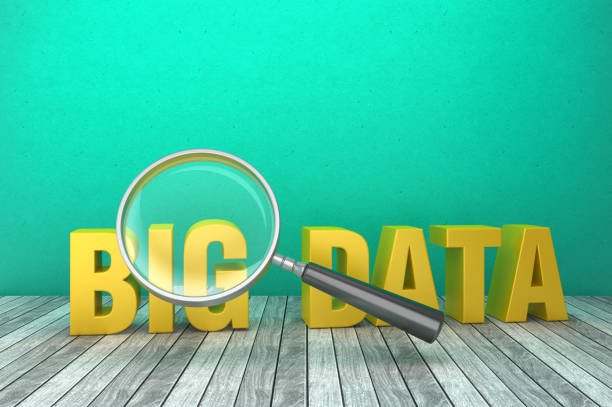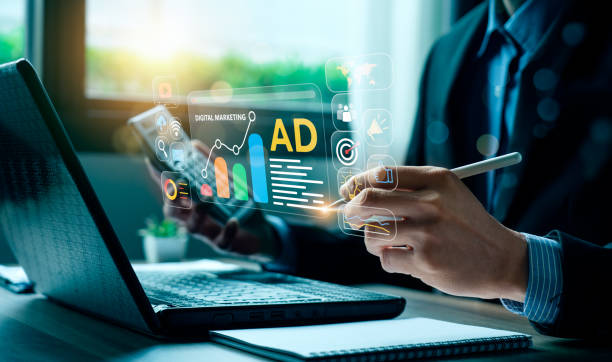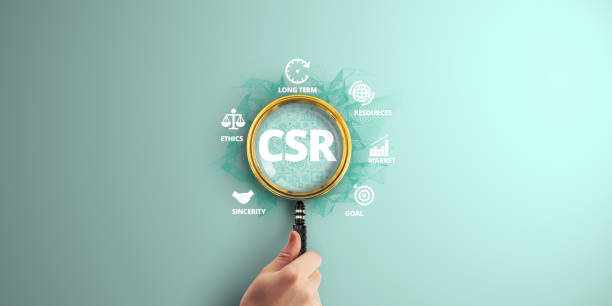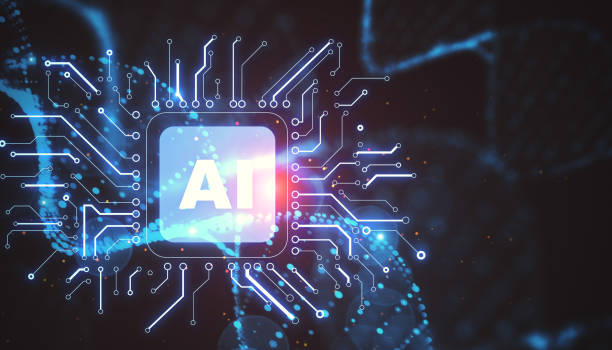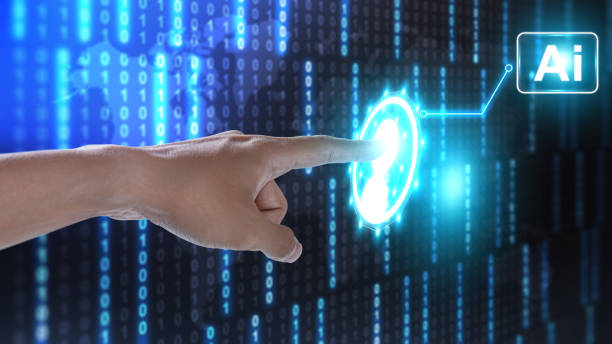What is On-Page SEO and Why is it Important?
On-Page SEO refers to a set of actions you take within your website to improve your site’s ranking in Google search results and other search engines.
These actions include content optimization, title tags, meta descriptions, URL structure, page loading speed, and more.
The importance of On-Page SEO lies in the fact that it helps search engines better understand your site’s content and show it to more relevant users.
A strong On-Page SEO strategy can increase organic traffic, attract targeted audiences, and ultimately increase conversion rates.
On-Page SEO is the foundation of a successful SEO strategy, and without it, other efforts in Off-Page SEO will not be as effective.
In other words, if your site is not technically and content-wise optimized, link building and other external activities cannot fully solve the problem.
To better understand the importance of On-Page SEO, imagine you have a large library, but there is no order in the arrangement of the books.
Finding the desired book in such a library would be very difficult.
On-Page SEO is exactly like organizing your library so that search engines can easily find your content and present it to users.
Therefore, investing in On-Page SEO is a long-term and essential investment for the online success of your business.
In the following, we will examine the key elements of On-Page SEO in more detail and provide practical solutions for improving them.
Tired of your online store not generating revenue to its full potential? Rasaweb, a specialist in professional online store design, solves this problem forever!
✅ Increased sales and revenue
✅ High loading speed and exceptional user experience
⚡ Get a free consultation on online store design
Keyword Research #The_Key_To_Success in On-Page SEO
Keyword research is the first and most important step in any On-Page SEO strategy.
Keywords are the phrases that users use to search for information on search engines.
The goal of keyword research is to find the words and phrases that your target audience uses to find products, services, or information related to your business.
There are various tools available for keyword research, including Google Keyword Planner, Ahrefs, SEMrush, and Moz Keyword Explorer.
These tools help you find keywords related to your business, check their search volume, and evaluate the level of competition.
When choosing keywords, you should pay attention to two things: the relevance of the keyword to your site’s content and its search volume.
Keywords should be closely related to the topic of your page and should also have a decent search volume to attract enough traffic to your site.
In addition, you should also pay attention to the level of competition.
Choosing keywords with high competition may be difficult, but if you can rank well for these keywords, you will attract a lot of traffic to your site.
Using Long-Tail Keywords can also be an effective strategy.
Long-tail keywords are longer and more specific phrases that have lower search volume, but usually have higher conversion rates.
By using long-tail keywords, you can attract more targeted traffic to your site and increase the likelihood of converting visitors into customers.
After selecting the appropriate keywords, you should strategically use them in your site’s content, title tags, meta descriptions, and other optimization elements.
Optimizing Title Tag and Meta Description
The Title Tag and Meta Description are two important elements in On-Page SEO that are displayed in search results.
The title tag is the title of your page that is displayed at the top of the browser and in search results.
The meta description is a short summary of your page’s content that is displayed below the title in search results.
Optimizing these two elements is very important for attracting users and encouraging them to click on your site’s link.
The title tag should be concise, engaging, and contain the page’s main keyword.
The length of the title tag should not exceed 60 characters, otherwise, it will be truncated in search results.
The meta description should also be engaging, descriptive, and contain the page’s main keyword.
The length of the meta description should not exceed 160 characters.
A good meta description should tell users what they will find if they click on your site’s link.
Using Action Verbs and creating a Sense of Urgency can help increase the click-through rate (CTR).
For example, instead of writing “On-Page SEO Guide,” you can write “Comprehensive On-Page SEO Tutorial in 2024: Claim Google’s First Rank!”.
This title is more attractive and persuasive and increases the likelihood of users clicking.
Remember that the title tag and meta description are the first things users see in search results, so you should carefully optimize them to have the best impact.
Click here to preview your posts with PRO themes ››
Below is a table comparing the important elements of the title tag and meta description.
| Feature | Title Tag | Meta Description |
|---|---|---|
| Purpose | Display the page title in search results and at the top of the browser | Provide a short summary of the page content in search results |
| Length | Maximum 60 characters | Maximum 160 characters |
| Content | Concise, engaging, containing the main keyword | Engaging, descriptive, containing the main keyword |
| Impact | Direct impact on ranking and click-through rate | Indirect impact on ranking and direct impact on click-through rate |
Content Optimization for On-Page SEO
Content is the king of On-Page SEO.
High-quality content that is valuable and relevant to users’ needs is one of the most important ranking factors in Google.
Your content should answer users’ questions and needs, provide accurate and up-to-date information, and be generally useful to them.
When creating content, you should pay attention to a few things: keyword research, content structure, content readability, and the use of images and videos.
As mentioned earlier, keyword research is very important for finding the words and phrases that your target audience uses.
After finding the appropriate keywords, you should use them naturally in your content.
Avoid overusing keywords (Keyword Stuffing), as this can damage your site’s ranking.
Content structure is also very important.
Your content should be logically organized and use headings, subheadings, paragraphs, and lists to divide the content.
This makes it easier for users to read and understand the content and also helps search engines better understand your content.
Content readability is also of high importance.
Use short and simple sentences and avoid technical and complex terms.
Your goal is for your content to be understandable to a wide range of users.
Using images and videos can also help improve the quality of the content and increase user engagement.
Images and videos should be relevant to your content and help explain complex concepts.
Did you know that 94% of first impressions of a company relate to its website design?
Rasaweb helps you create the best first impression by providing professional corporate website design services.
✅ Creating a professional and trustworthy image of your brand
✅ Easier attraction of potential customers and improvement of online position
⚡ Get a free consultation on corporate website design
URL Optimization for On-Page SEO
URL (Uniform Resource Locator) is the address of your website that is displayed in the browser’s address bar.
URL optimization for On-Page SEO means that your URLs should be short, descriptive, and contain the page’s main keyword.
Short and descriptive URLs help users and search engines understand what the page content is about.
Long and complex URLs can be confusing and damage your site’s ranking.
When creating a URL, you should use the page’s main keywords and avoid using numbers, symbols, and uppercase letters.
Instead of using URLs like `www.example.com/page123`, you should use URLs like `www.example.com/seo-internal`.
Using hyphens (-) to separate words in the URL is recommended.
Optimized URLs are not only useful for On-Page SEO, but also more suitable for sharing links on social networks and email.
A clear and descriptive URL increases the likelihood of users clicking and helps improve the click-through rate (CTR).
In general, your URLs should be such that users and search engines can easily understand and remember them.
Image and Video Optimization for On-Page SEO
Images and videos play an important role in the attractiveness and engagement of users with your website.
But in order for images and videos to also help your site’s On-Page SEO, you must optimize them correctly.
Image optimization includes choosing the appropriate format, reducing the file size, using a descriptive file name, and adding Alt Text.
Choosing the appropriate image format, such as JPEG for photos and PNG for images with complex graphics, can help reduce the file size.
Reducing the file size increases the page loading speed, which is an important factor in On-Page SEO.
Using a descriptive file name, such as `seo-internal.jpg`, helps search engines understand what the image is about.
Alt Text is also a short description of the image that is displayed if the image does not load.
Alt Text should be descriptive, relevant to the image, and contain the page’s main keyword.
Video optimization includes choosing the appropriate platform, such as YouTube or Vimeo, adding a descriptive title and description, and using relevant tags.
The video title and description should be engaging, contain the main keyword, and tell users what the video is about.
Using relevant tags also helps search engines better understand your video and show it to more relevant users.
By optimizing images and videos, you can both improve the user experience and increase your site’s ranking in search results.
Strong On-Page SEO requires attention to every detail.
Click here to preview your posts with PRO themes ››
Internal Linking
Internal linking means creating links between different pages of your website.
Internal linking helps search engines better understand your site’s structure and also helps users easily navigate your site.
Internal linking can help improve your pages’ ranking in search results and increase the time users spend on your site.
When creating internal links, you should pay attention to a few things: the links should be relevant to the page’s content, use descriptive Anchor Text, and place the links naturally in your content.
Links should be to pages that provide more information on the topic being discussed.
The link text should be descriptive and contain the keyword related to the destination page.
For example, if you are writing an article about On-Page SEO and want to link to another page about keyword research, you can use the link text “keyword research”.
Links should be placed naturally in your content and avoid over-linking.
Internal linking is a powerful strategy for improving your site’s On-Page SEO and should be done regularly.
Below is a table for a better understanding of the advantages and disadvantages of linking.
| Advantages | Disadvantages |
|---|---|
| Improved Site Structure | May distract users from the main page |
| Increased Credibility of Important Pages | Requires careful planning |
| Improved User Experience | Excessive use can be tiring |
| Increased Ranking in Search Engines | Has a negative impact if linked inappropriately |
Page Speed
Page loading speed is one of the important factors in On-Page SEO.
Google ranks websites with high loading speeds better.
Users also expect web pages to load quickly, and if there is a delay, they may leave your site.
To improve page loading speed, you can take various measures, including image optimization, enabling Gzip compression, using CDN (Content Delivery Network), and code optimization.
Image optimization means reducing the file size of images without reducing their quality.
You can use various tools to optimize images.
Enabling Gzip compression reduces the file size of HTML, CSS, and JavaScript files, thereby increasing the page loading speed.
A CDN is a content delivery network that stores your site’s content on different servers around the world and selects the closest server to the user to load the content.
This reduces the page loading time.
Code optimization also means removing unnecessary code and optimizing existing code.
By taking these measures, you can improve your page loading speed and increase your site’s ranking in search results.
Optimized On-Page SEO means a fast and user-friendly site.
Do visitors leave your online store before making a purchase? Don’t worry anymore! With Rasaweb’s professional online store design services, solve the problem of not converting visitors into customers forever!
✅ Significant increase in conversion rate and sales
✅ Unparalleled and attractive user experience
⚡ Contact us now for a free consultation!
Responsive Design
Responsive design means that your website automatically adapts to the screen size of different devices, such as computers, tablets, and mobile phones.
Google ranks websites with responsive design better.
Today, most users access the Internet via mobile, so responsive design is very important for On-Page SEO.
If your website is not displayed correctly on mobile phones, users may leave your site and your site’s ranking in search results will decrease.
To create a responsive website, you can use CSS frameworks like Bootstrap or Foundation.
These frameworks help you easily create a responsive website.
You can also use responsive design techniques like Media Queries to define different styles for different devices.
With responsive design, you can ensure that your website is displayed correctly on all devices and provides a good user experience for users.
Successful On-Page SEO means a site accessible to everyone.
Click here to preview your posts with PRO themes ››
Constant Content Update
Constant content updating is one of the important factors in On-Page SEO.
Google ranks websites that regularly update their content better.
Content updating means that you should regularly create new content, update old content, and remove incorrect or outdated information.
By constantly updating content, you can show Google that your website is active and provides users with up-to-date and accurate information.
This increases your site’s ranking in search results and attracts more traffic.
When updating content, you should pay attention to a few things: the content should be relevant to users’ needs, the information should be accurate and up-to-date, and the content should be updated regularly.
You can use various tools to identify old and incorrect content.
You can also use user feedback to improve your content.
By constantly updating content, you can create an attractive and valuable website for users and increase your site’s ranking in search results.
Dynamic On-Page SEO means a site that is always fresh.
Frequently Asked Questions
| Number | Question | Answer |
|---|---|---|
| 1 | What is On-Page SEO? | On-Page SEO refers to a set of actions that are performed within a website and to optimize its pages in order to achieve a better ranking in search results. |
| 2 | What is the most important factor in On-Page SEO? | High-quality, relevant, and comprehensive content that meets the user’s needs is the most important factor in On-Page SEO. |
| 3 | What role does the Title Tag play in On-Page SEO? | The Title Tag is one of the most important factors that tell search engines and users what the page’s content is about. It should include the main keyword and be engaging. |
| 4 | How important is the Meta Description Tag? | Although it does not directly affect the ranking, it is very effective on the click-through rate (CTR) in search results and encourages users to visit the page. |
| 5 | How is image optimization done in On-Page SEO? | By using an appropriate alt tag, compressing the image size to increase the loading speed, and using a meaningful file name for the image. |
| 6 | What is the importance of using headings (H1, H2, H3) in On-Page SEO? | Headings help structure the content, increase readability, and help search engines understand the hierarchy and sub-topics of the content. |
| 7 | What does internal linking mean and what are its benefits? | Internal linking means creating links between different pages of a website. This helps to distribute credit, improve user navigation, and help search engine crawling. |
| 8 | Where should the main keyword (Focus Keyword) be placed on the page? | The main keyword should be placed in the title tag, meta description, H1, the first paragraph, and naturally throughout the text and, if possible, in the URL address. |
| 9 | What is the effect of duplicate or copied content on On-Page SEO? | Duplicate content can damage the site’s ranking and confuse search engines as to which is the original version and may flag it as spam. |
| 10 | How important is page loading speed in On-Page SEO? | Page loading speed is an important ranking factor and directly affects the user experience. Slow pages increase the bounce rate of users. |
And other services of Rasa Web Advertising Agency in the field of advertising
Intelligent Marketing Automation: An exclusive service for online growth based on custom programming.
Intelligent Sales Automation: Transform online growth with intelligent data analysis.
Intelligent Reportage: A novel service to increase customer acquisition through marketing automation.
Intelligent Content Strategy: A combination of creativity and technology to increase site visits through Google Ads management.
Intelligent Reportage: An exclusive service for growing site visits based on the use of real data.
And more than hundreds of other services in the field of internet advertising, advertising consulting, and organizational solutions
Internet Advertising | Advertising Strategy | Advertising Report
Resources
Inbound Marketing
,On-Page Optimization
,What is On-Page SEO?
,SEO Guide
? Rasaweb Digital Marketing Agency is a specialist in providing comprehensive digital solutions for your business. From SEO and content marketing strategies to advanced e-commerce website design and targeted advertising campaigns, we transform your online presence.
📍 Tehran, Mirdamad Street, next to Central Bank, South Kazerun Alley, Ramin Alley No. 6

